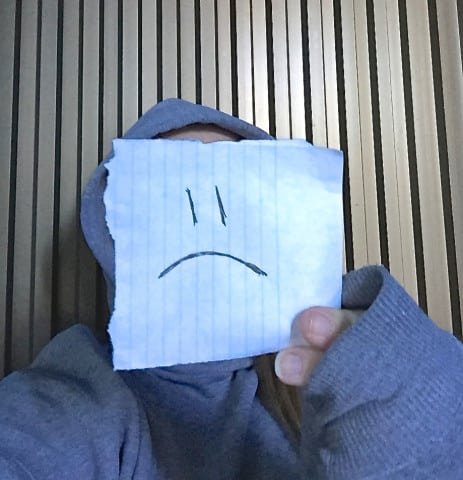Although statistically, Seasonal Affective Disorder only affects a small percentage of Canadians, it is more common in the student population than you would think.
Have you been finding it hard to get out of bed in the morning? Has the change in season left you feeling down and unable to concentrate? If these issues are affecting you in your everyday life, you may be experiencing symptoms of SAD.
The Canadian Mental Health Association of British Columbia defines SAD as “a kind of depression that appears at certain times of the year. It usually begins in the fall when the days get shorter and lasts through the winter.” 
According to CMHABC, SAD will affect two to three per cent of Canadians at some point. As well, a milder form of SAD will affect an additional 15 per cent of individuals.
While a definite cause for the disorder remains unknown, it is believed to come into existence due to the lack of sunlight during the fall and winter months in northern latitudes. Family genetics and heredity may also play a role.
SAD is most common in adults, and women are up to nine times more likely to be diagnosed with it than men. However, I believe that students in Canada, being of prime age and geographic location, might be more prone to developing SAD than other adults.
These effects, coupled with the student tendency of keeping ourselves cooped up, studying indoors and away from sunlight, may in fact increase our chances of developing SAD. Although this information may seem somewhat daunting, there are some things we can do to improve our mood during this time of the year.
There are three common treatments for SAD, the first being light therapy. Light therapy is the use of an artificial light source to imitate that of natural sunlight. However, these lights may cause side-effects and — in my experience — are fairly expensive.
The second treatment is the use of medication. Like most forms of depression, medication can aid in the treatment of symptoms. That said, some students may not wish to take the risk of using medication due to side-effects they may cause.
The third and final form of treatment is counselling. Whether it be a professional, like those available to all students through the University of Saskatchewan’s Student Counselling Services or just speaking to a friend or family member, “talk therapy” can be very helpful.
Now, if you’re an individual who isn’t willing to pay a lot of money for a special light, fears side-effects from medications or is just too shy to open up about how you are feeling, there are other ways that you can try to improve your mood.
Increasing the amount of sunlight you get each day or trying to squeeze in some physical exercise may help better your temperament. Some other things you can try are going for an afternoon walk or even finding a seat in the library next to the window when you study.
Having someone close to me who is affected by SAD has really opened my eyes to the struggles people with this disorder face. I’ve witnessed the stress, hopelessness and irritability this disorder can cause.
Although it is upsetting to see someone you care about dealing with these issues, I have also been lucky enough to see how the different forms of treatment can help.
If you are someone affected by Seasonal Affective Disorder — or you know and have witnessed a friend or family member struggle with this disorder — there are many things you can do to help with the symptoms and to try help conquer the winter blues.
—
Photo: Courtney Ritchie